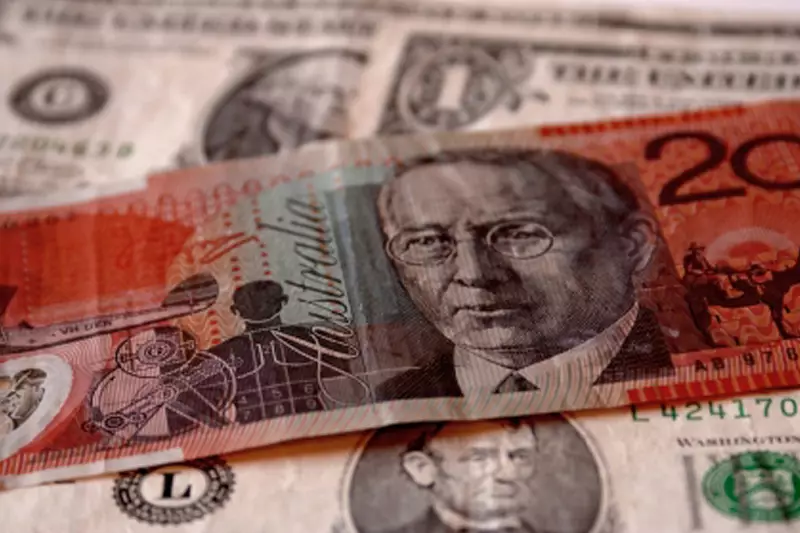Market Reactions Amid Shifting Economic Landscapes in Asia

As we enter a pivotal week in global finance, Asian currencies appear stabilizing after a turbulent October, which was largely marked by political uncertainty and economic speculation. Traders and investors alike are closely monitoring several key developments, including the upcoming U.S. presidential election and the Federal Reserve’s impending rate decisions. The interplay between these events and regional economic data is shaping market sentiments and influencing currency movements throughout Asia.
The U.S. dollar has shown signs of recovery after a dip in previous sessions, primarily driven by the shifting dynamics of the upcoming presidential elections between Donald Trump and Kamala Harris. As recent polls highlight the competitiveness of this electoral race, the dollar index—an essential barometer of the dollar’s performance against various currencies—has stabilized, reflecting cautious optimism among investors. The potential implications of a Trump victory loom large, particularly given past market reactions tied to his administration. Analysts note that, while the dollar may gain traction in the face of uncertainty, structural issues such as inflation and labor market vulnerabilities continue to cast a shadow over its long-term outlook.
The upcoming Federal Reserve meeting adds another layer of complexity. Market expectations hinge on a more tempered approach to interest rate cuts, forecasting a 25 basis points reduction instead of the more aggressive 50 basis points seen in prior adjustments. The central bank’s communications, particularly from Chairman Jerome Powell, will be scrutinized for further insights into monetary policy, especially in light of sticky inflation figures and a cooling labor market. These factors will play a crucial role in shaping trader sentiment and the dollar’s trajectory in the coming months.
Turning to Australia, the Reserve Bank of Australia (RBA) maintained its interest rates in a recent meeting, signaling that high rates may persist to combat inflationary pressures. The Australian dollar was modestly stronger against its U.S. counterpart, reflecting the market’s interpretation of the RBA’s stance as a commitment to maintain restrictive monetary policy. Notably, however, the bank has raised concerns about increasing uncertainty regarding Australia’s economic growth, prompting caution among investors. With forecasts indicating slower growth over the next few quarters, the RBA’s decision not to cut rates could ultimately support the Australian dollar but only to a certain extent.
This dichotomy illustrates the delicate balance RBA faces in managing inflation while fostering growth. It stands in stark contrast to other global central banks that are easing, which may further influence investments and currency flows.
Across Asia, the focus also turns towards China, where the National People’s Congress (NPC) is underway. There is widespread anticipation that policymakers will announce plans for enhanced fiscal spending, aimed at stabilizing an uneven economic recovery. The Chinese yuan’s slight increase in value against the dollar suggests that traders are betting on more extensive stimulus measures to bolster China’s economy during this critical period. Such decisions could have reverberating effects across neighboring markets as they directly affect trade, investment flows, and regional economic ties.
The broader Asian currency market, meanwhile, remains cautious, with many players on the sidelines as they await reactions to both the U.S. political scene and any actionable insights from China’s NPC. Global inflationary concerns and domestic economic data will likely dictate the market moves for the foreseeable future.
South Korea’s won saw a notable upward movement, driven by disappointing inflation data that suggests monetary easing from the Bank of Korea may be on the horizon. This could enhance the attractiveness of the won for traders looking for opportunistic bets. Meanwhile, the Indian rupee appears to be stabilizing after hitting a recent high, indicating solid support levels as it navigates through volatile market conditions.
As Asian currencies stabilize amidst a backdrop of political uncertainty and economic adjustments, the paths forward appear bifurcated. Factors such as central bank policies, inflationary pressures, and upcoming elections will continue to play a crucial role in shaping the currency landscape. Investors should remain vigilant and informed, as these dynamics unfold in the coming weeks.





